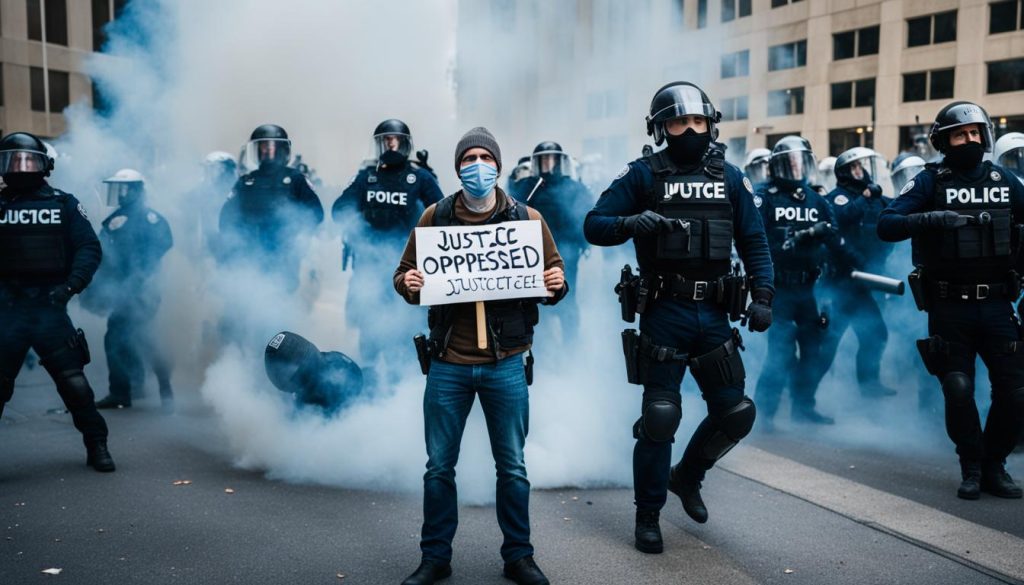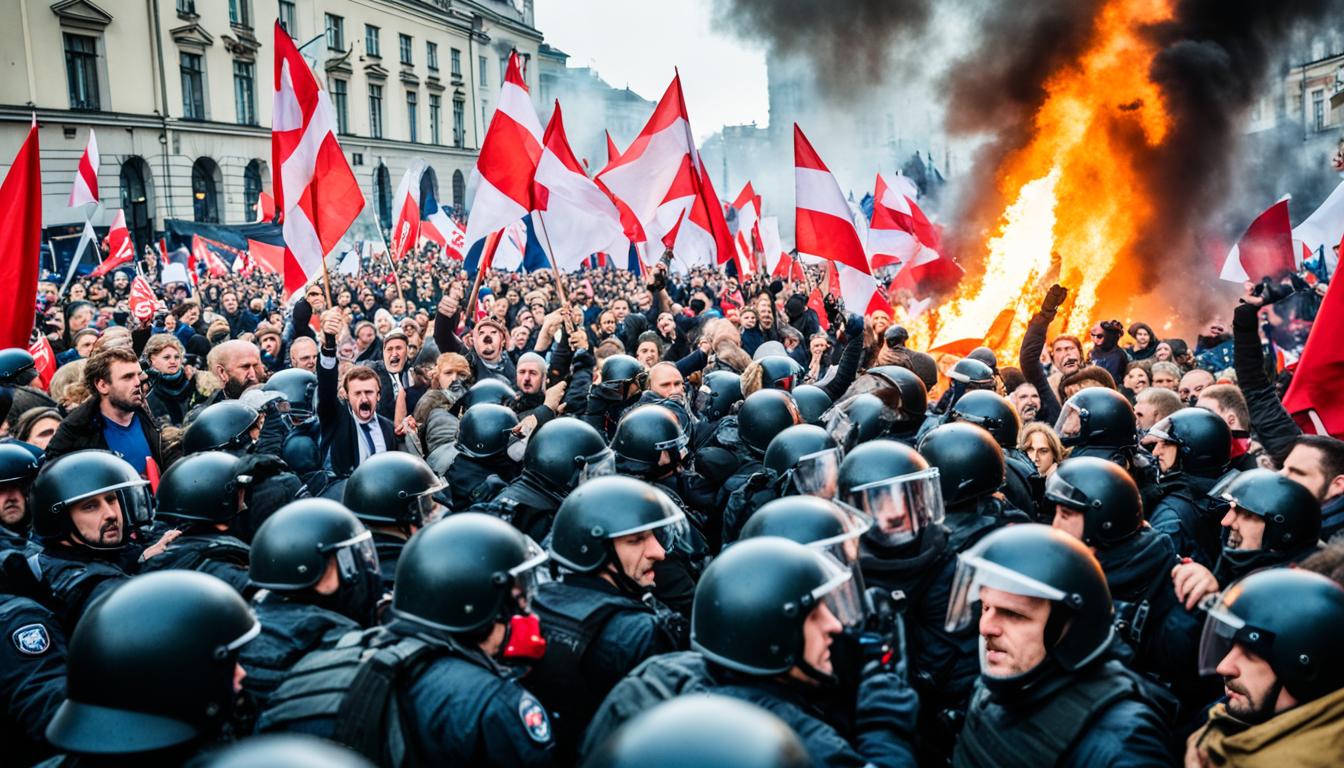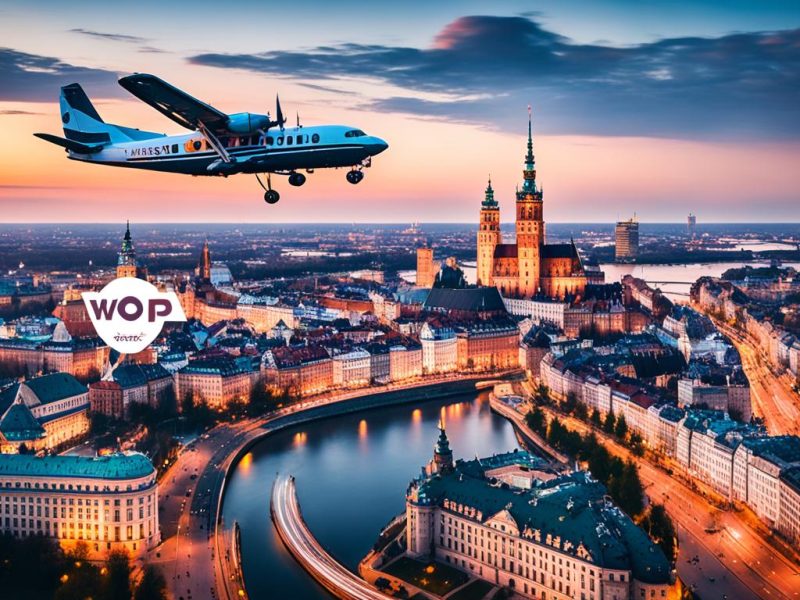Recently, the streets of Warsaw have seen a surge in protests. Determined protestors are making their demands heard, against a backdrop of civil disobedience. The city’s cobblestones echo with the footsteps of those demanding to be heard in the political realm. Dissatisfaction is growing as people express their unhappiness with how things are. This article will explore the deep reasons for Warsaw’s unrest and try to explain why people are so adamant in their protests.
Key Takeaways
- The escalation of Warsaw unrest points to a society poised on the brink of significant socio-political transformations.
- Protest demands in Warsaw encapsulate a multitude of concerns, ranging from legislative changes to broader calls for democratic liberties.
- A historical perspective is essential to comprehend the full scope of civil disobedience in Warsaw, which has deep roots in Poland’s past struggles.
- Political protests in Poland often go beyond mere expressions of discontent, aiming to ignite genuine policy revisions and governmental accountability.
- Understanding the multifaceted dynamics of Poland demonstrations is key to predicting their potential outcomes and influences on future governance.
Exploring the Catalyst Behind the Warsaw Poland Protests
The streets of Warsaw are scenes of strong resistance. With loud chants and banners, they show the growing outcry in Warsaw. This movement didn’t just happen overnight. It’s the result of many factors that pushed the Polish protests forward. To understand this movement, we must look at what sparked this widespread unrest.
The Spark that Ignited Public Outcry
The protests in Poland started due to controversial government policies. These policies seemed to attack basic freedoms. Young people and intellectuals were especially upset. They moved from being unhappy to strongly opposing the government. Looking into the voices at the protests, a major regulatory change turned into a country-wide movement.

Legislative Changes and Public Sentiment
The protests are against certain legislative changes. Many see these changes as harmful to civil freedoms. The drafts of these laws are now a part of Poland’s protest history. They have created a big gap between the government and the people. Insiders from the Poland government have recognized these concerns. They note a real change in how different groups view the government.
Historical Context of Civil Unrest in Warsaw
Looking back helps us understand today’s protests in Warsaw. The city has a history of fighting against control. Today’s protests are similar to past events that shaped Poland. This shows that fighting against the government is a recurring theme. It’s part of an ongoing battle against governmental overreach.
| Issue Raised | Public Opinion | Governmental Response |
|---|---|---|
| Legal Reforms | Widespread Disapproval | Moderate Concessions |
| Freedom of Assembly | Concerns about Restrictions | Stance on Law and Order |
| Social Policies | Divided Sentiments | Adherence to Party Agenda |
Warsaw Poland Protests: Analysis of Participants’ Motives and Goals
The streets of Warsaw are alive with Poland’s civil demands. Voices rise together, aiming to share the goals of the protests. Analysis shows that reasons for protesting vary widely. Some focus on specific issues, while others call for major changes. At heart, these goals seek to rewrite Poland’s story to echo democracy and freedom.
Looking closely, we see that these protests are not just momentary anger. They stem from long-term issues. Protestors from varied backgrounds unite in their quest. They are driven by shared feelings of being ignored and a collective dream of a better society. This sense of unity is what powers the current protests.
- Immediate Reversals: Some protestors want quick action against certain laws they see as harmful.
- Systemic Reforms: Others aim for deep changes to make governance fairer and more open.
- Increased Accountability: A common goal is to make government officials more answerable to the people.
- Social Justice: Many are calling for stronger protection of human rights and social justice, showing a global concern.
The motives of these protestors are diverse, reflecting a wide human desire for justice and fairness. Understanding their reasons and aims helps us see the full picture of Poland’s civil demands. This can lead to real discussions and changes.
Conclusion
As the dust settles in Warsaw, the protesters’ chants still echo. They signal a time of change and highlight key moments for people’s involvement in Poland. The Warsaw civil action conclusion might take a while, with many guessing its outcomes of the Poland protests. Changes in policy due to public pressure or a move to wider reforms could happen, as people keep an eye on these events.
Experts and leaders of the protests discuss the future of public dissent in Poland. They talk about better strategies to keep up the fight, but also expect a hard path to meet their goals. How the government reacts is crucial, and the world is watching. The public’s strong desire for change shows the city’s historic fight against unfairness.
The effects of the protests go beyond Warsaw. They’ve started discussions on democracy and the power of working together that reach far and wide. This pushes the point that governments everywhere need to listen to their people. As the world watches, Warsaw’s people are making their mark in history on public protest.
FAQ
What has caused the recent surge in Warsaw unrest?
The unrest came from new laws, government acts, and big society issues. These have made many citizens in Warsaw unhappy.
What are the main demands of the protestors in the Poland demonstrations?
Protestors want different things. Some want policy changes and some want big system changes. They aim to fix the problems with the current laws and government actions.
How has civil disobedience in Warsaw been characterised?
More people are joining the civil disobedience in Warsaw. It’s getting stronger. They want to make a big change through demonstrations.
What can be identified as the trigger of the Polish protests?
Recent law changes and some government actions started the protests. People are upset and showing it publicly.
How have the Warsaw legislative protests affected public sentiment?
People feel the protests have hurt the country’s social and political health. There’s a strong public reaction against the policies.
How does the historical unrest in Warsaw contextualise the current protests?
Warsaw has a history of public disagreement. This history helps us understand why people are demonstrating now. It shows the tradition of fighting for civil rights.
Can you provide an analysis of the participants’ motives in the Warsaw Poland protests?
People are protesting for many reasons. Some don’t like new laws. Others care about freedom and big reforms. They all have different goals for their actions.
What impact could the Warsaw civil action have on the future of public dissent in Poland?
The recent actions could change how people protest in the future. They might lead to stronger protests. They could also change how the government reacts to the people’s feelings.



